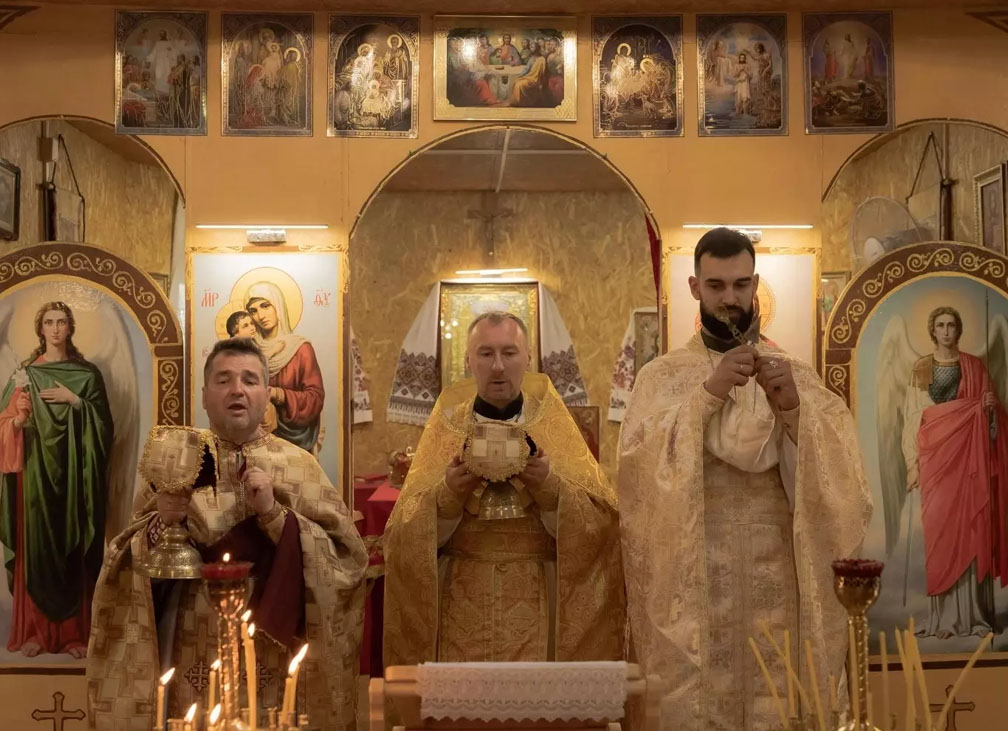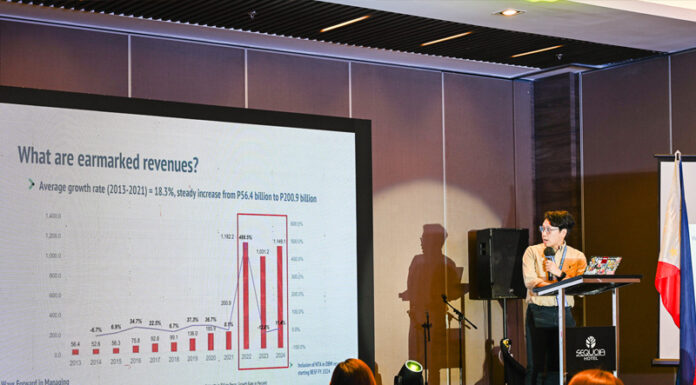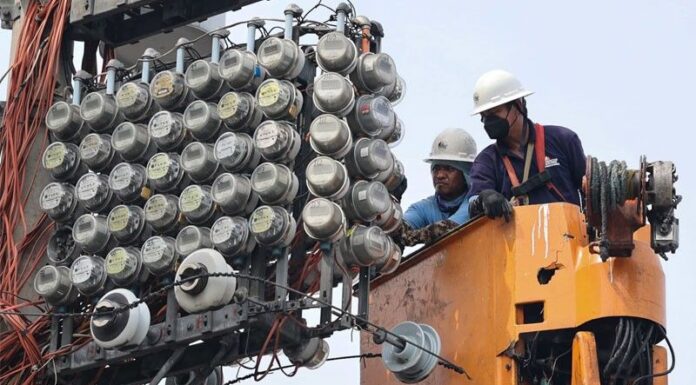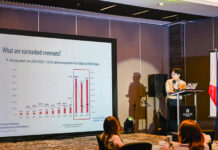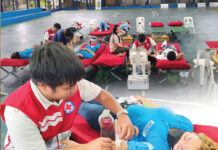KRAMATORSK, Ukraine — Amid ongoing hostilities between Ukrainian and Russian forces in eastern Ukraine, a parallel and deeply symbolic struggle is unfolding: a competition for religious influence between two rival branches of the Orthodox Church.
In the city of Kramatorsk, approximately 20 kilometers from the front lines, the Ukrainian Orthodox Church (UOC), historically linked to Moscow, faces growing competition from the Orthodox Church of Ukraine (OCU), established in 2018 with the support of the Ukrainian government. This ecclesiastical rivalry reflects the broader geopolitical tensions that have intensified since Russia’s full-scale invasion of Ukraine in 2022.
The Ukrainian government has actively sought to curtail the influence of the Moscow-affiliated UOC, citing concerns that it serves as a conduit for Russian propaganda and intelligence operations. Ukrainian security services report that criminal proceedings have been initiated against 180 UOC clergy, often on suspicion of collaboration with Russian authorities. The UOC denies these allegations, asserting that it has severed formal ties with the Russian Orthodox Church and no longer commemorates Patriarch Kirill, who has controversially described the invasion as a “holy war.”
Despite this, skepticism persists among Ukrainian officials and clergy of the OCU. Archpriest Oleksandr Tkachuk, who leads a small OCU congregation in a modest chapel in Kramatorsk, is openly critical of the UOC, referring to it as “the FSB under the guise of the church.” He advocates for modernization and European integration within the church, in contrast to the more traditionalist approach of the UOC.
Tkachuk’s congregation is small but deeply committed. Many of his parishioners express strong resentment toward the UOC. Mykola, a 63-year-old parishioner whose son died during Ukraine’s 2014 pro-European revolution and whose village was later destroyed by Russian forces, called for the closure of Moscow-linked churches. “We pray to Epiphanius, not Onufriy,” he said, referencing the respective leaders of the OCU and UOC.
While national support for the OCU has grown significantly—rising from 34 percent in 2020 to 56 percent in 2023—the UOC maintains a strong presence in eastern Ukraine, particularly among older, Russian-speaking residents. Kramatorsk’s Holy Trinity Cathedral, affiliated with the UOC and built in 1996, continues to attract large congregations, especially the elderly. The cathedral, adorned with Soviet-era religious artwork, serves as a spiritual anchor for many who recall the Soviet period with a sense of nostalgia.
Archpriest Sergiy Kapitonenko, who presides over the cathedral, insists that his church is being unfairly targeted. “The more you forbid something, the more people want it,” he remarked, likening the scrutiny of his church to religious persecution during the Soviet era. Though he prays for Ukraine and notes that soldiers frequent the cathedral, he rejects affiliation with the OCU, emphasizing, “Orthodox means conservative. That has been the essence of our church for 2,000 years.”
For some observers, such as 22-year-old Roman Salnykov from Kyiv, the division appears more political than spiritual. “I visited both churches,” he said. “Perhaps the only real difference lies in the priests themselves.”| BNN Integrated News


